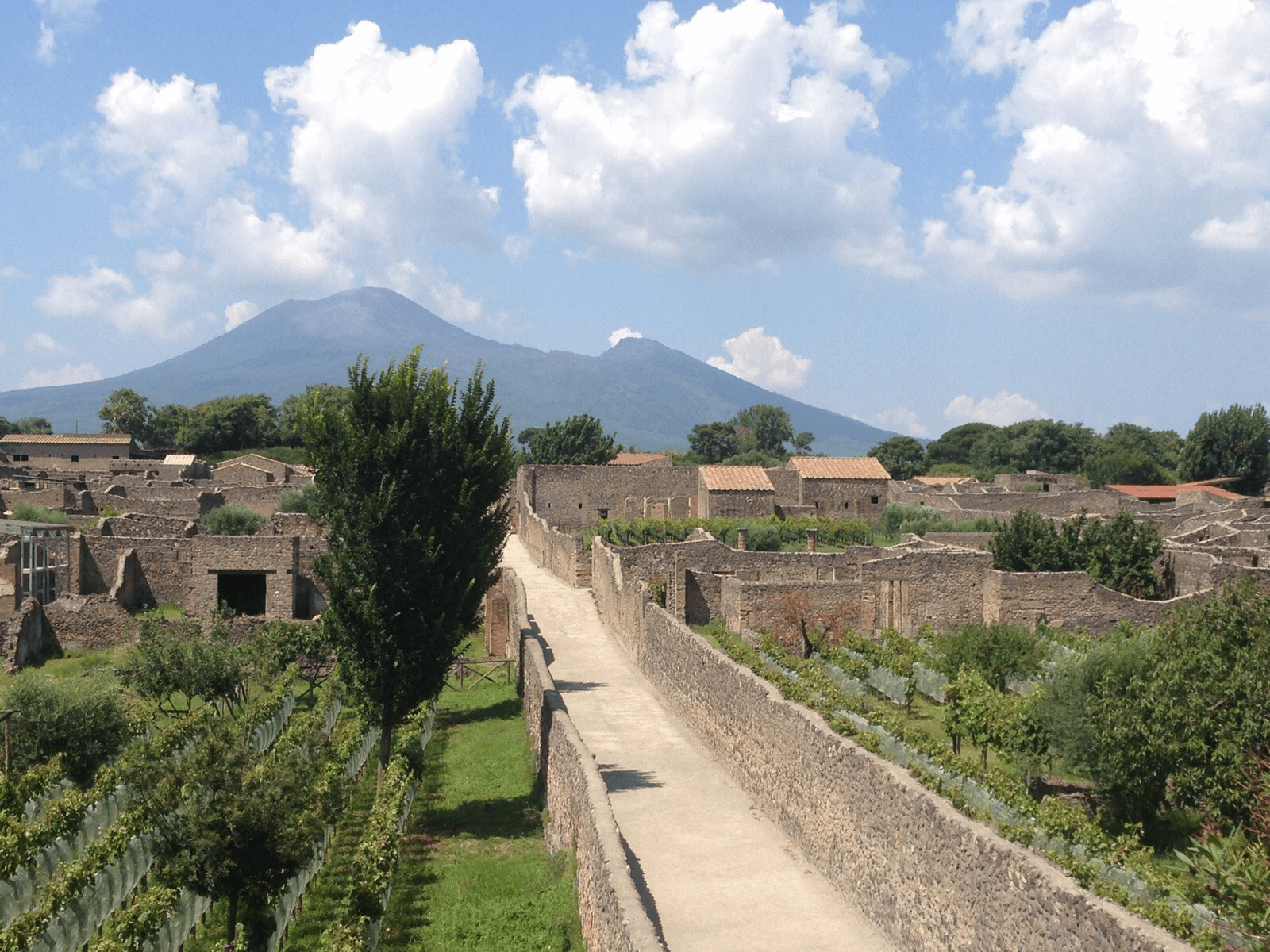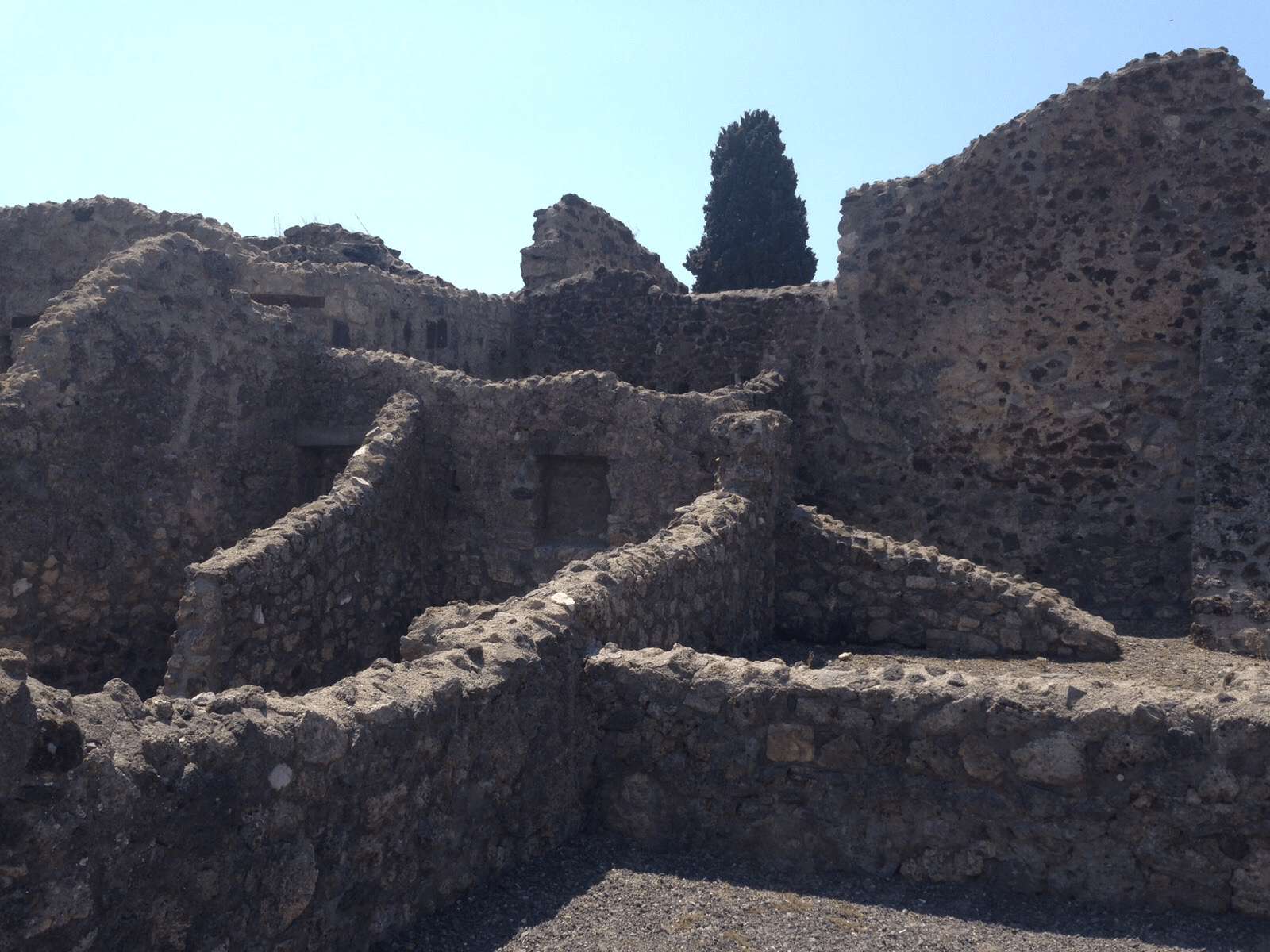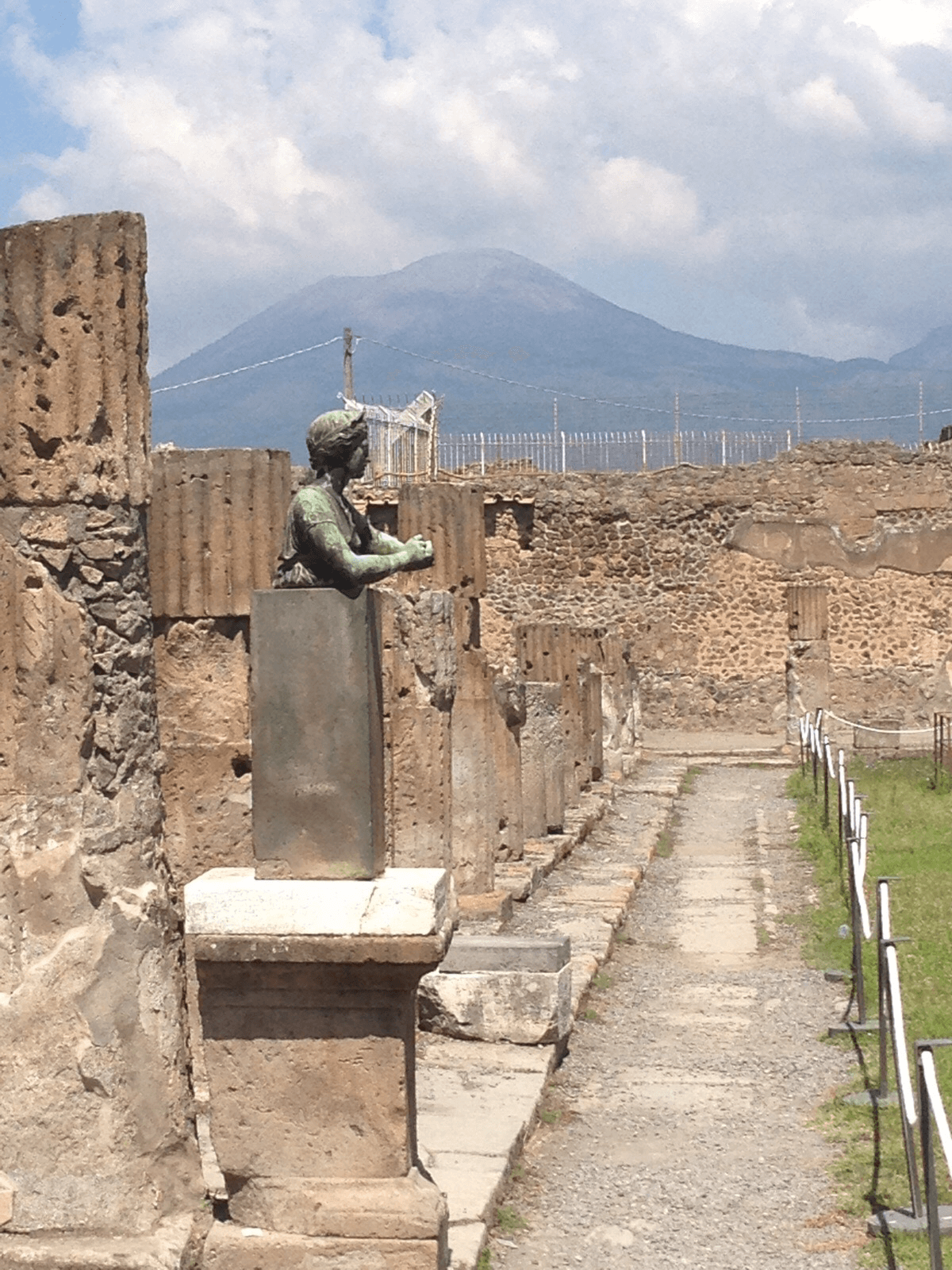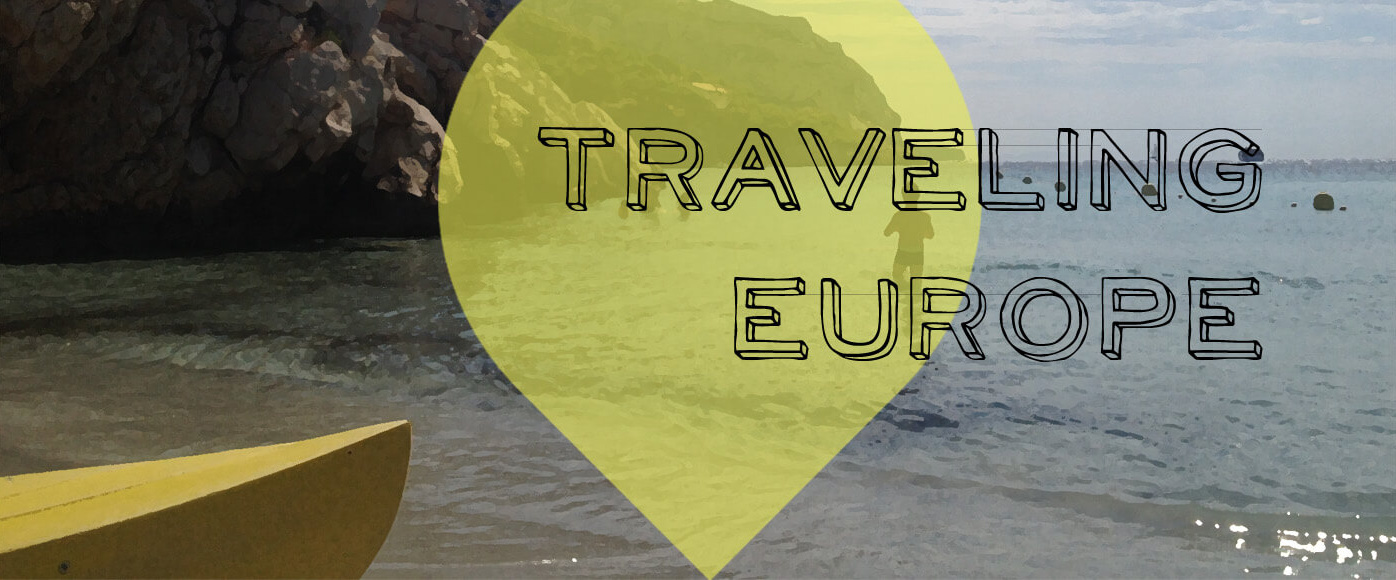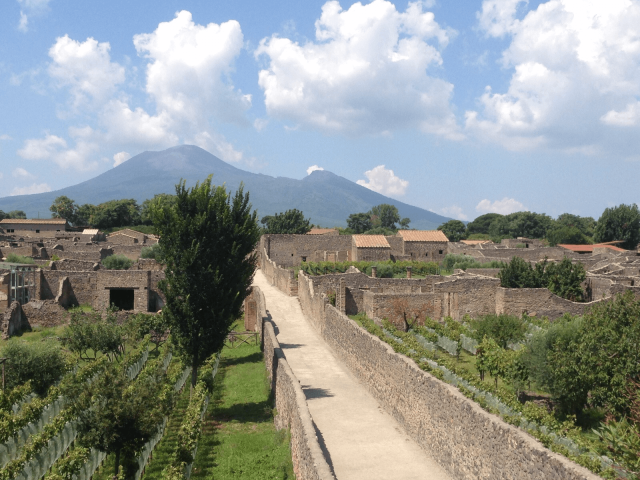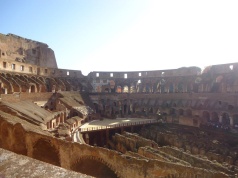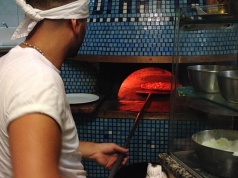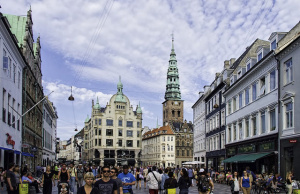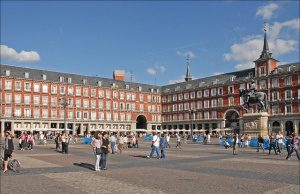The ancient city of Pompeii, located outside of modern day Naples, is one of the most visited sites in Italy, giving us the unique opportunity for a small glimpse into what it would have been like to live in the Roman Empire almost 2,000 years ago.
In the turn of the first century A.D., the town of Pompeii was a flourishing metropolis for the distinguished Roman citizens. Sophisticated homes, shops, taverns, cafés, bathhouses and even brothels were built, decorated with elaborate artwork. There was a gym, an arena that fit 20,000 people and many open-air squares and marketplaces.
Looming in the near distance from the city, however, was Mt. Vesuvius, an active volcano that had been erupting for thousands of years. In August 79 A.D., it erupted again, sending hot ash, pumice, rocks and boiling volcanic gas so high that people could see it for hundreds of miles around. The best account of this fateful event was by Pliny the Younger, who watched the eruption from across the bay, recording what he saw. Historians estimate that there were about 20,000 people living in Pompeii at the time.
As the ash began to fall on the city, some didn’t flee immediately. Those who stayed behind suffered a painful death, first difficulty breathing and then a 100 mile-per-hour surge of superheated poison gas and pulverized rock, known as a “pyroclastic surge” flowed down the mountain, completely engulfing everything in its path. By the end of the next day, the entire city and about 2,000 people we completed covered in 4-6 meters of ash and pumice.
The town was essentially forgotten and remained uncovered until it was completely discovered in 1748 by a group of explorers looking for ancient artifacts in Campania dug below the ashes. Due to a lack of moisture and air, everything that was below the dust was nearly untouched and preserved so well that the skeletons were frozen in their final positions, the buildings remained in near perfect condition and they even found everyday household items such as food!
Especially interesting is when the ashes were first uncovered, the excavators injected plaster molds into the spaces between the ash that had hardened around the people that had been trapped. The casts give us the exact positions of the victims during their time of death. Most aren’t at the site of the Pompeii, but instead in the National Museum in Naples. Also, they found a great deal of erotic art upon the discoveries. It was so graphic that when the King Francis I of Naples visited the museum displaying the excavations in in 1819 with his wife and daughter he was so embarrassed, he had it locked away in a secret cabinet, only viewable to those “of mature age and respected morals”. These discoveries led historians to believe that the ancient Romans were much more liberal about sexual themes than we are in present-day.
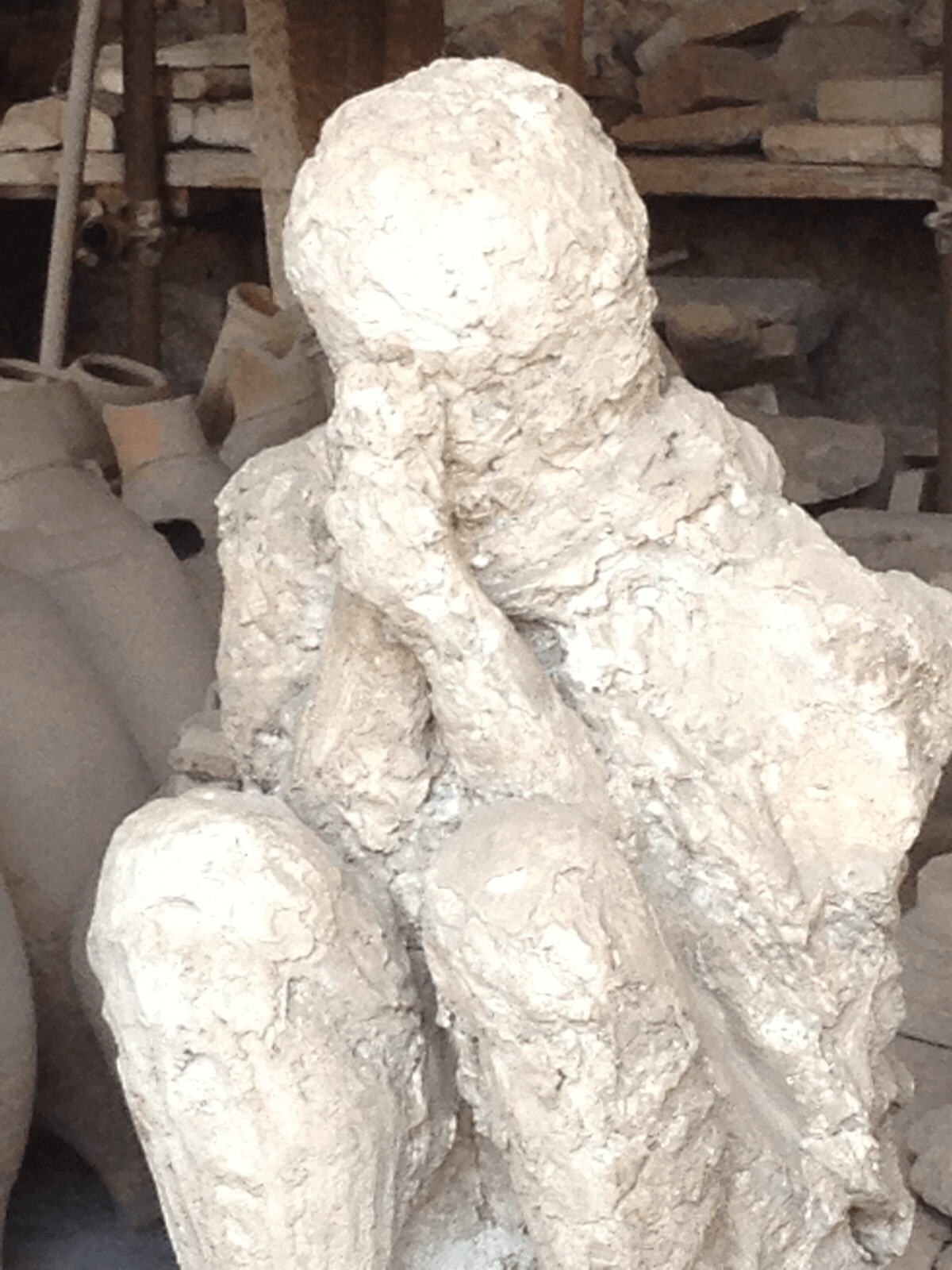
The excavation is still continuing today, providing archeologists one of the most fascinating opportunities to continue learning about this ancient city. There are also approximately 2.5 million visitors to Pompeii each year. As well, it was named a UNESCO World Heritage Site in 1997.
I have to admit, when I visited there, I definitely should have planned a bit better. It was August in southern Italy. The ancient city is huge, and took the entire day to walk around and explore. There is really limited shading from the sun, and well, you can imagine that walking up through the hilly city in 35 degree summer heat was a bit exhausting, and I forgot to bring any sort of hat. Check their website for the most up to date information.
Despite the potential for debilitating dehydration and sun poisoning, it was actually fascinating. The streets and buildings are mostly still in tact, even the marketplaces and squares are still there. What was most captivating, however, was that the thousands of year old paintings are still visible on the walls of the various buildings!
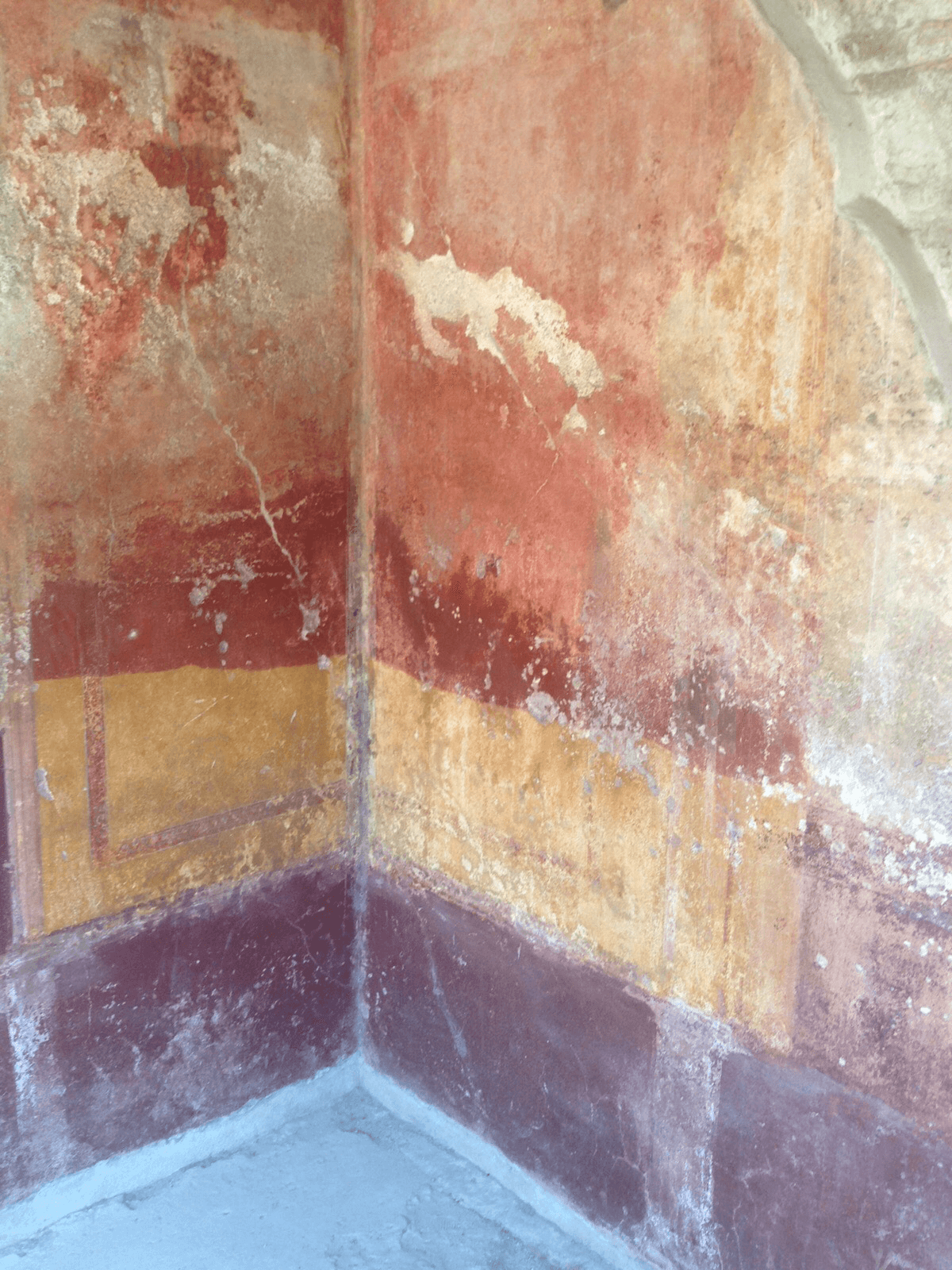
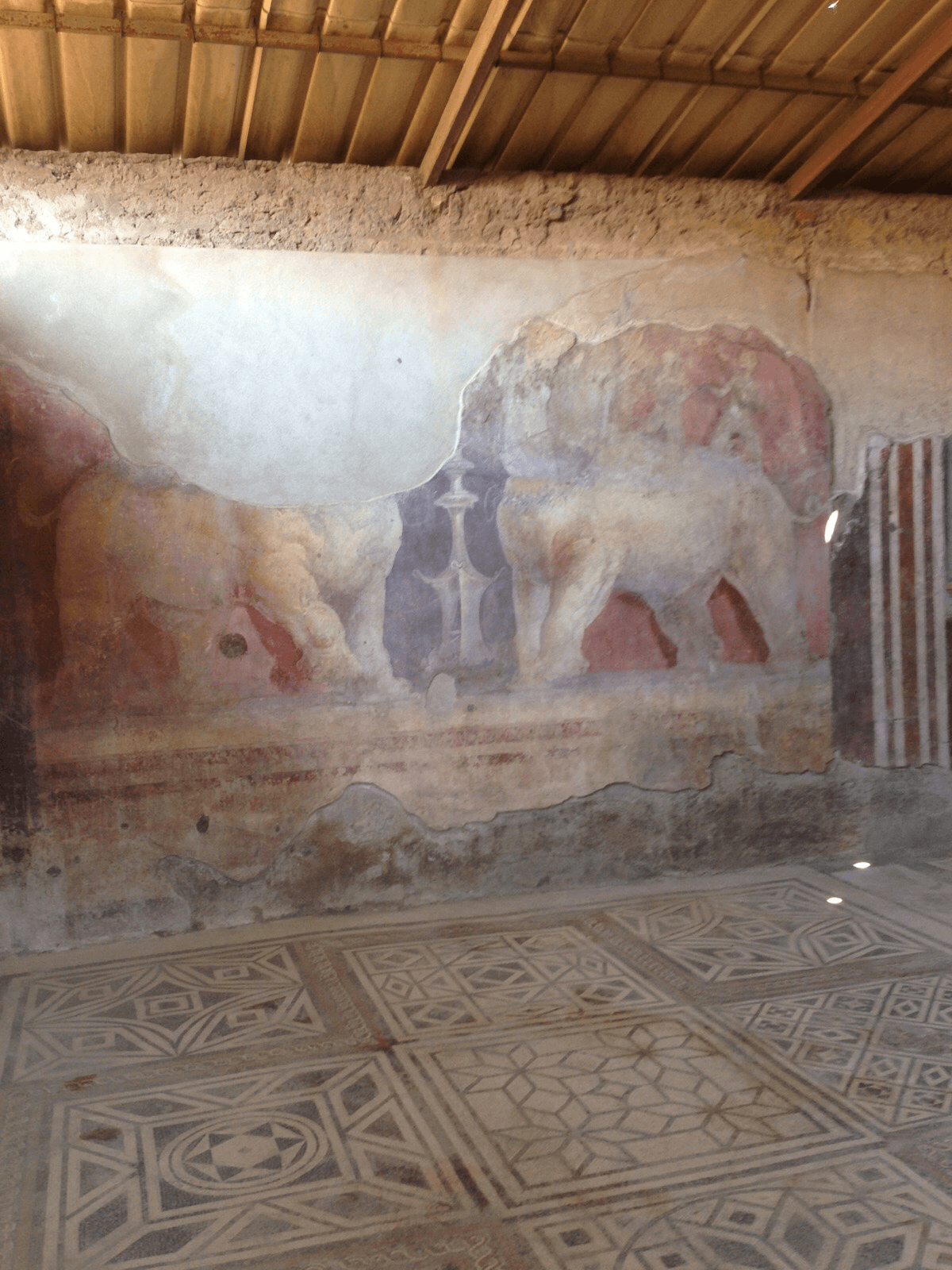
You could really imagine yourself living in this ancient Roman city!
